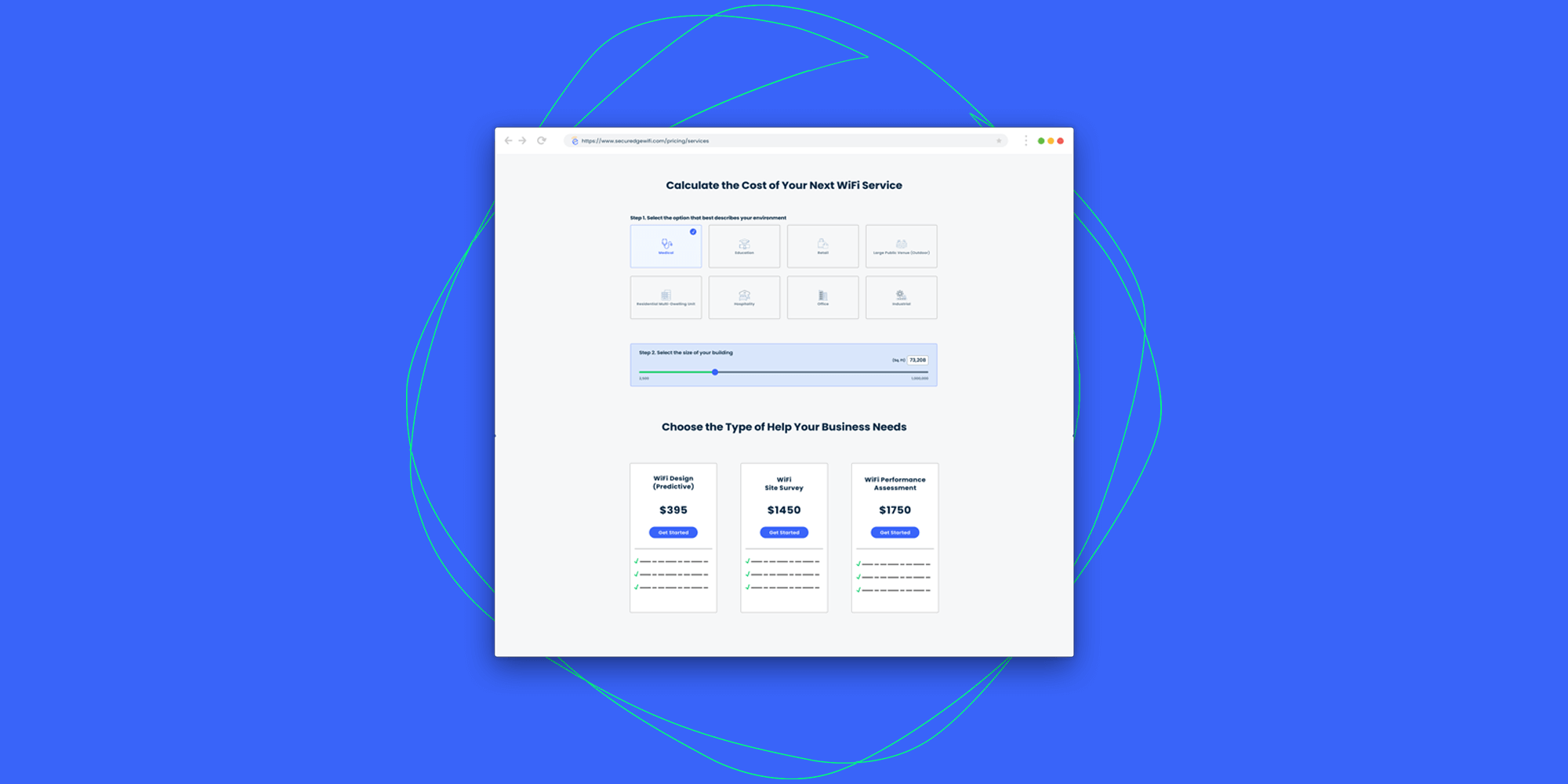
Meet Madison. Madison is an eighteen-year-old freshman at a mid-sized university. Madison has had a smartphone since she was thirteen.
It’s an integral part of her life, the primary way she stays connected to her friends and, now that she’s away at school, to her family back home.
Madison uses her phone to access every sphere of her life. It’s her primary vehicle for maintaining friendships, dating, consuming media, and sharing ideas.
She feels lost without her phone. So naturally, now that she’s at college, Madison expects her phone to be by her side or in her hands no matter where she is on campus, including the lecture hall, lab, and study group.
This generation of learners have grown up around smartphones, so it’s no surprise that they demand and expect their phones to play a big part in their college learning experience.
In fact, a recent study from Top Hat, makers of an interactive, cloud-based teaching platform, and research firm Survata, shows that 94% of students want to use their smartphones in class. And yes, part of the reason is so that they can text friends and scroll through social media, but they also use their phones in ways that complement their learning: taking pictures of lecture slides, Googling answers to questions raised in class, and accessing digital textbooks, to name a few.
As an IT decision maker at Madison’s school, you need to ask yourself: Is your campus WiFi network up to the task of supporting Madison’s user expectations? What about when the next iPhone, Android, or other smartphone is released?
How will you keep current students like Madison happy, and how will you attract new prospective students to enroll at your school?
Whether public or private, large or small, every college and university shares two primary goals:
- Increase enrollment and retention
- Continuously innovate under a sustainable financial model.
If schools are not prepared, they’re going to face the inevitable: declining enrollment from losing out to other schools that boast better wireless infrastructure and more consistent innovation.
Here’s how a managed WiFi subscription can help colleges and universities achieve these goals.
Enrollment and Retention
These days, many schools are struggling to reach their enrollment goals. According to the National Student Clearinghouse Research Center, “In spring 2017, overall postsecondary enrollments decreased 1.5 percent from the previous spring.”
If you’re a four-year for-profit college or university you saw a 10.1 percent drop year over year. So, it’s important to find ways to gain an edge in attracting new students.
Deploying a faster, more secure and consistent wireless experience ⇒ happier, more productive students ⇒ fewer WiFi complaints ⇒ higher retention rates.
Partnering with a managed WiFi provider and purchasing your infrastructure through a subscription accomplishes this in many ways.
First, your campus will always have the latest infrastructure and proper wireless network design in place to optimally support the newest types and numbers of devices and applications.
Everything on your campus is constantly changing, from the number and types of devices to the RF environment, and even usage. This makes it extremely difficult to keep your WiFi infrastructure properly aligned with what it’s being asked to support.
Utilizing a subscription gives you the benefit of never having your network become obsolete. It will be refreshed with the latest technology every four to five years, right within the optimal limits to keep pace with your end-users and their devices.
Second, a managed WiFi subscription includes critical services like proactively measuring performance from both the network's perspective as well as the end user’s point of view.
Third, it creates increased marketing opportunities. With higher performing WiFi that supports greater technological capabilities, your school can now leverage your network as a powerful selling point for prospective students.
But increasing your marketing efforts will cost more money, right?
No. With a managed wifi subscription you’re changing the way you purchase your infrastructure—switching from a CAPEX model to an OPEX model.
This new OPEX model allows you to avoid making a large, up-front capital payment, instead making affordable monthly operational payments just like your electric bill. This frees up a lot of your budget to focus on other strategic initiatives, like marketing.
Purchasing all of the hardware, software, and ongoing managed services you need as a subscription helps deliver a reliable and enjoyable user experience, keeping students like Madison happy and productive all the way through to graduation.
Innovate within a Sustainable Financial Model
Traditionally, colleges and universities (and really, most businesses and organizations) have purchased WiFi as a large capital expense.
Every few years (many wait way too long, some upwards of 7-8 years), they would cough up a big chunk of money to replace their current wireless infrastructure with a new system.
This poses some big challenges, which are only compounded as the speed at which technology is changing continues to accelerate.
Today, it’s nearly impossible to innovate under a CAPEX model.
Technology life cycles are shortening: most of us replace our smartphones every 12-18 months, and after two of those life cycles, the technology has completely changed.
The graphic below illustrates just how fast one brand and type of device has changed over the years.

That means that in order for wireless networks to support the newest devices, they need to be upgraded no more than every four to five years.
To add to the budget nightmare, finding and hiring in-house IT staff with the required experience and wireless specialization is expensive and very competitive.
Wireless is complex, especially on college campuses with potentially thousands, or tens of thousands, of users and even more devices.
You could end up spending a bulk of your campus WiFi budget on personnel rather than your actual network.
A managed wirelessnetwork overcomes these challenges, using a subscription model that features:
- Monthly payments (the cost of your network is smoothed out over time, like a utility bill)
- Flexibility to scale as your needs change (enrollment goes up or down, new buildings are added or renovated, etc.)
- 24/7 support from wireless experts (which frees up your IT staff and budget for other strategic initiatives)
Watch the video below to learn more about SecurEdge Subscriptions
Conclusion
The main goals for all colleges and universities of all types and sizes today, are to increase enrollment and retention while also having the ability to continuously innovate under a sustainable financial model.
With demand and expectations increasing, shifting to a managed WiFi subscription for your school’s infrastructure needs is the smartest and simplest way for you to strategically achieve your goals.





